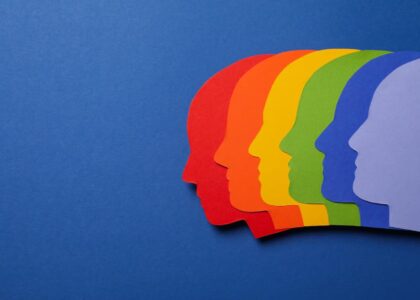User-centered design (UCD) has become a cornerstone of product development, focusing on creating products that meet the specific needs and preferences of users. As consumer expectations evolve, UCD practices have also had to adapt, incorporating new methodologies and technologies to stay relevant and effective.
The Foundation of User-Centered Design
At its core, UCD is based on understanding the users, their needs, and the context in which they use products. This approach contrasts with traditional design methodologies that often prioritize aesthetics or technical feasibility over user experience. “User-centered design starts with the user; everything else follows,” says UX expert Dr. Sarah Brown. This focus on the user ensures that products are not only functional but also intuitive and enjoyable to use.
Adapting to Changing Consumer Expectations
In recent years, consumer expectations have shifted dramatically, influenced by rapid technological advancements and increased access to information. Users now expect seamless, personalized experiences across all digital platforms. “Today’s consumers demand products that are not only efficient but also offer a high degree of personalization,” notes digital strategist Mark Lee. This shift has driven UCD to incorporate more sophisticated user research techniques, including ethnographic studies, personas, and journey mapping.
The Role of Technology in UCD
Technological advancements have significantly impacted UCD practices. Tools like eye-tracking software, heat maps, and A/B testing allow designers to gather detailed insights into user behavior and preferences. “Technology provides invaluable data that helps us understand how users interact with products,” says UX researcher Laura Smith. Additionally, AI and machine learning are being increasingly used to predict user needs and tailor experiences accordingly. For example, AI-driven personalization can adjust interfaces based on individual user behavior, enhancing usability and satisfaction.
Incorporating Feedback Loops
An essential component of modern UCD is the continuous feedback loop. Designers now place a greater emphasis on iterative testing and refinement, using user feedback to improve products throughout the development cycle. “The best designs come from constant iteration and learning from user feedback,” explains product designer John Doe. This approach not only improves the product but also fosters a stronger connection with users, who feel their input is valued and acted upon.
The Shift Toward Inclusive Design
Another significant evolution in UCD is the move towards inclusive design, which aims to create products accessible to a broader range of users, including those with disabilities. “Inclusive design goes beyond accessibility; it’s about creating products that everyone can use and enjoy,” emphasizes accessibility advocate Maria Lopez. This focus has led to the development of standards and guidelines that help ensure products are usable by as many people as possible, regardless of their abilities.
Challenges and Future Directions
Despite its benefits, UCD faces challenges, particularly in balancing user needs with business goals and technical constraints. “The biggest challenge in UCD is aligning the diverse needs of users with the company’s strategic objectives,” notes UX strategist Emily Green. As technology continues to evolve, UCD must also adapt to new tools and methodologies, ensuring that designers can meet the complex and varied needs of modern users.
Looking forward, the integration of emerging technologies such as augmented reality (AR), virtual reality (VR), and voice interfaces will likely further transform UCD practices. These technologies offer new ways to interact with digital products, requiring designers to rethink traditional approaches and explore innovative solutions. “As new technologies emerge, the principles of UCD will remain essential, but the methods and tools we use will continue to evolve,” predicts UX futurist David Brown.
The Evolution of Cross-Disciplinary Collaboration in UCD
As UCD continues to evolve, cross-disciplinary collaboration has become increasingly important. This approach involves bringing together experts from various fields such as psychology, sociology, design, and engineering to create more holistic and user-centered products. “Collaboration across disciplines enriches the design process, providing diverse perspectives that lead to more innovative and effective solutions,” explains interdisciplinary design specialist Dr. Alex Turner. This trend reflects a broader understanding that complex user needs can best be addressed through a combination of insights from multiple areas of expertise.
User-centered design has evolved significantly, driven by changing consumer expectations and technological advancements. By focusing on the user, incorporating continuous feedback, and embracing inclusivity, UCD ensures that products are not only functional but also accessible and enjoyable. As the digital landscape continues to change, UCD will play a crucial role in shaping the future of product design, helping businesses create products that meet the diverse and dynamic needs of their users.





